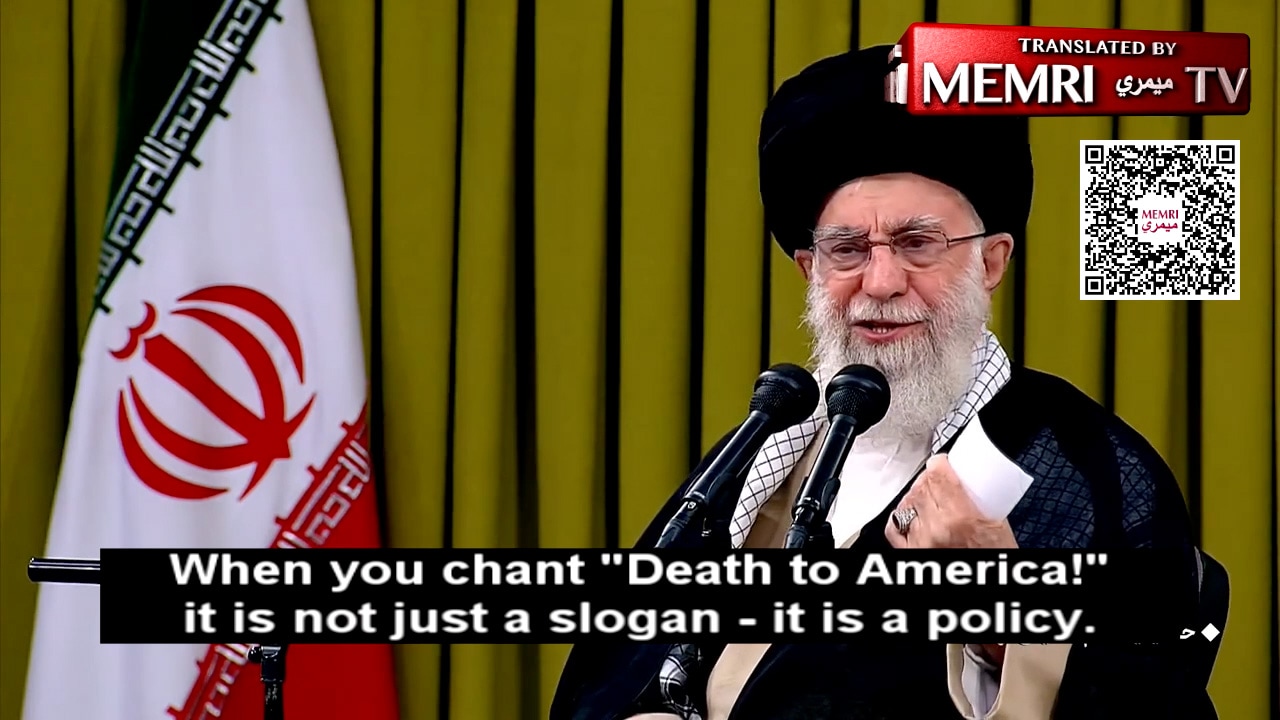
On September 13, Iraq's Al-Nujabaa TV channel claimed that leaks from the U.S. Embassy in Iraq have revealed a plot by U.S. intelligence and Gulf states to "generate strife and sow division" between Iraqis and Iranians during the month of Muharram and the upcoming Arba'een pilgrimage. According to the report, the alleged plot was intended to cause a rift in Iraqi-Iranian relations, and would include the use of undercover agents who would "chant hateful slogans" while other agents film them and upload the videos to the Internet. Iraqi cleric Sheikh 'Adel Al-Kar'awi, who was interviewed in the report, said that the plot would also include "the sexual harassment of women by men, and vice versa."
Reporter: Following the failure of [America's] partition plans for the region, due to the steadfastness of the resistance forces, the U.S. intelligence, with the help of some Gulf states, has resorted to an attempt to generate strife among Muslims, and to cause a rift in Iraqi-Iranian relations, using the [observance] of the holy month of Muharram, and the upcoming Arba'een pilgrimage [to Karbala, Iraq]. Leaks from within the U.S. embassy have revealed its plan to sow division between Iraqi and Iranian pilgrims. This plan has two main components: planted agents and social media. It targets teenagers and less-informed people in the Iraqi and Iranian societies.
Iraqi Cleric Sheikh 'Adel Al-Kar'awi: The enemies - mainly America and the Gulf states - are trying to generate strife by instigating problems between Iraqi and Iranian pilgrims, on many levels. The plan includes, for example, the sexual harassment of women by men, and vice versa. There seems to be a plan in place to cause this great problem during the pilgrimage. There were many leaks about the plan by U.S. intelligence to cause strife. They will try to cause strife in the upcoming pilgrimage.
Reporter: According to the plan, the planted agents will chant hateful slogans, in order to sow division between the Iraqis and the Iranians. They will dress like pilgrims in the months of Muharram and Safar. The plan of the crisis management department in the U.S. embassy directs the so-called "activists" to withdraw once their mission has been completed, while other agents are to film the incidents and post the footage on social media, through a network of virtual web pages, paid for and supervised by the U.S. embassy in Baghdad.

















